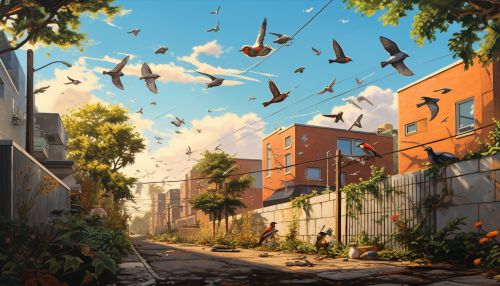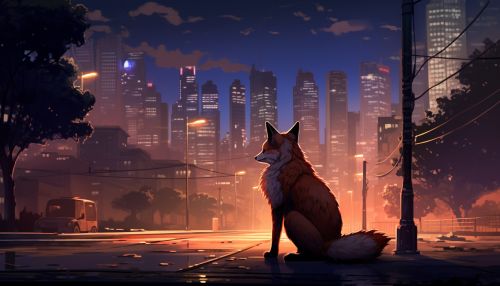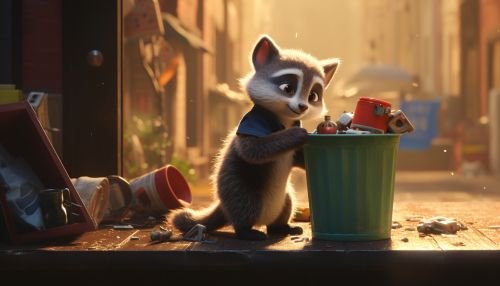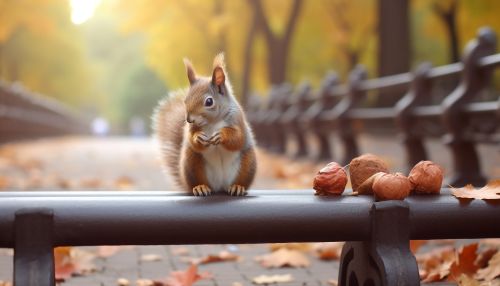The Biological Mechanisms of Animal Adaptation to Urban Environments
Introduction
Urban environments present a unique set of challenges and opportunities for animal species. The rapid expansion of urban areas worldwide has led to an increase in the number of species that have adapted to these environments. The biological mechanisms that underlie these adaptations are complex and multifaceted, involving changes at the genetic, physiological, and behavioral levels. This article will explore these mechanisms in detail, focusing on how animals adapt to the urban environment's unique conditions, such as increased human presence, altered light and noise levels, and changes in food availability and habitat structure.


Genetic Adaptations
Genetic adaptations are changes in an animal's DNA that increase its fitness in a particular environment. In urban environments, these changes often involve alterations in genes related to stress tolerance, diet, and behavior. For example, some urban bird species have been found to have genetic adaptations that allow them to metabolize human-provided foods more efficiently than their rural counterparts. Similarly, urban foxes may have genetic adaptations that increase their tolerance to human disturbance. These genetic changes can occur rapidly, often within a few generations, due to the strong selection pressures present in urban environments.


Physiological Adaptations
Physiological adaptations to urban environments can include changes in metabolism, stress response, and sensory systems. For instance, many urban animals have altered circadian rhythms to adapt to the increased light pollution in cities. This can involve changes in the timing of activity patterns, with some species becoming more nocturnal to avoid human activity. Other physiological adaptations can include increased tolerance to pollutants, changes in diet to exploit human-provided food sources, and alterations in sensory systems to cope with increased noise levels.


Behavioral Adaptations
Behavioral adaptations are perhaps the most visible ways that animals adapt to urban environments. These can include changes in foraging behavior, mating strategies, and social structure. For example, many urban animals have become more opportunistic in their foraging, exploiting a wide range of food sources provided by humans. Some species have also altered their mating strategies, with urban birds often singing at higher pitches to be heard over the noise of the city. Additionally, some urban animals have developed more complex social structures, with increased group sizes and altered dominance hierarchies.


Challenges and Opportunities
While urban environments present many challenges for animals, they also offer unique opportunities. The availability of human-provided food can lead to increased population densities, and the lack of natural predators can increase survival rates. However, these benefits are often offset by increased competition, disease transmission, and conflict with humans. Understanding the biological mechanisms of adaptation to urban environments can help us mitigate these conflicts and promote coexistence between humans and wildlife in cities.


